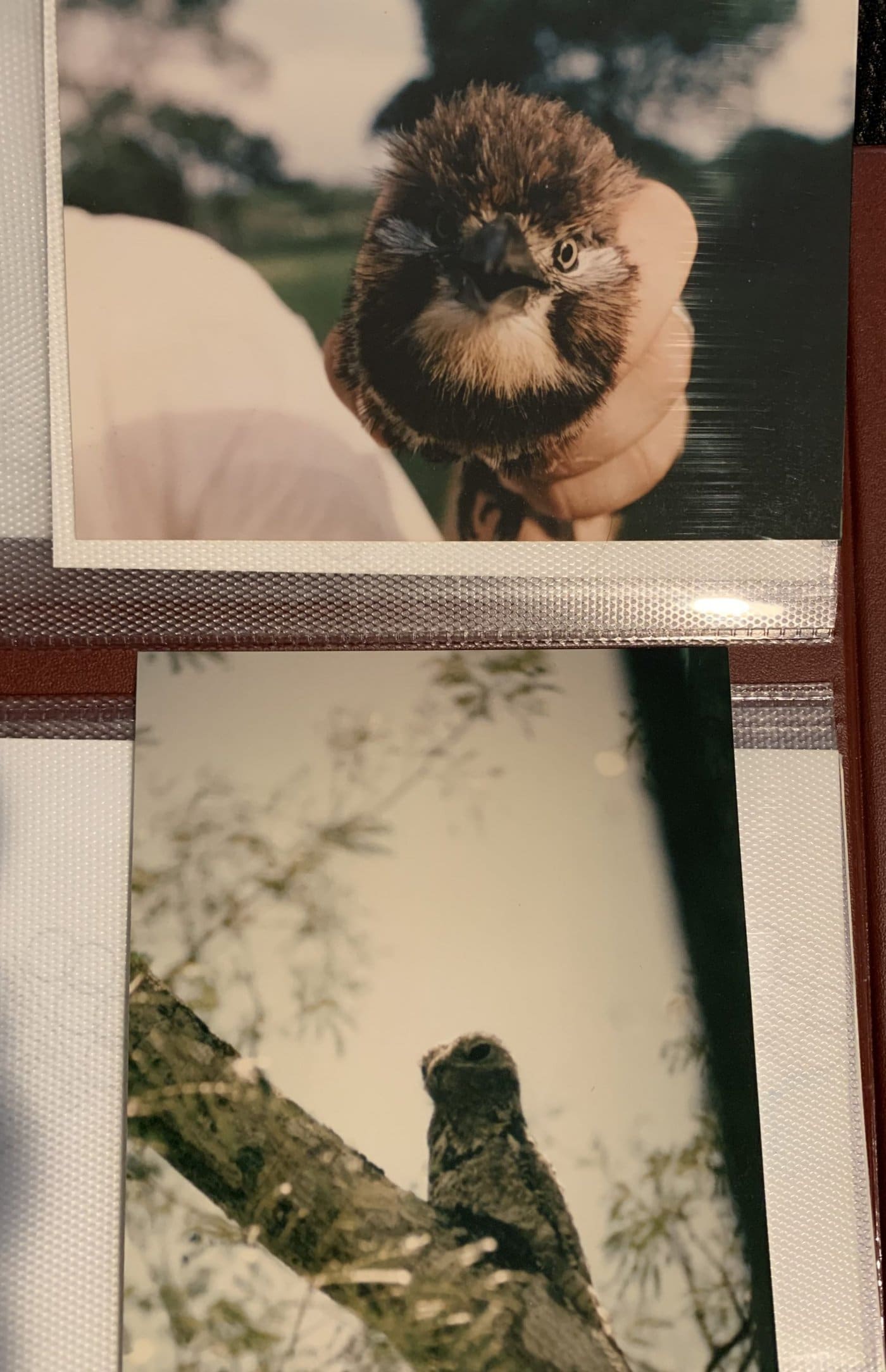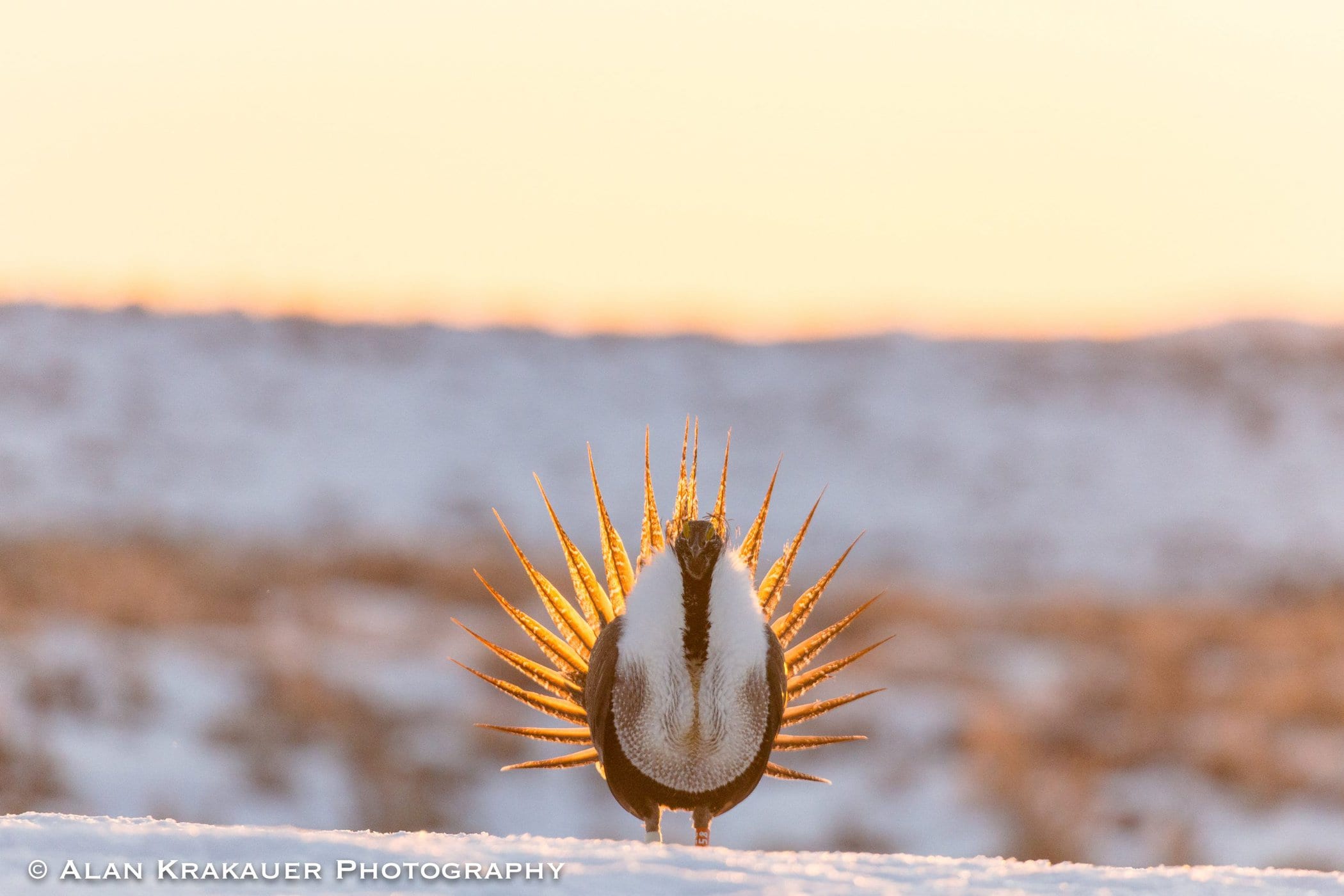When Birds Are More Than a Hobby
By Alan Krakauer
Like many of you, I count birds as a “necessary luxury,” something I feel I can’t live without, or at least I’m loathe to try. I’m one of those people who will temporarily exit a human conversation if an accipiter zips by or I catch a different bird song in the background chorus.
Covid-19 has certainly limited where and when I’ve been out to look for birds this spring. More than that, it has me thinking about another group of bird-o-philes who have been thrown for a loop by the pandemic – ornithologists. Among my various hats, I’ve spent 25 years as a researcher of bird behavior and ecology. I’ve now heard from friends and colleagues how this virus is turning their year upside down.
Imagine leading international research crews in the midst of months long overseas projects and learning you have mere days to pack up and jet back to the US before travel restrictions slam down… or devoting all winter to intricate experiments in order to learn something about a bird population, only to have the vital vernal second act to the study abruptly cancelled… or a former intern who’s landed a coveted wildlife guide position now facing weeks or months with no travelers coming because the national parks are closed… or being forced to teach Field Ornithology from an online classroom instead of a cool clear March morning, unable to ignite students’ imagination by transforming wild birds (almost ephemeral and theoretical objects to the uninitiated) and making them instantly and irrevocably tangible when carefully unraveling them from a mist net.
As these stories have reached me in the confines of my office chair, I’ve been reflecting on my time as a field biologist. I’ve been scouring my hard drives and even “real” photo albums from my pre-digital days while reminiscing about my time outside in the service of biological knowledge.

There was my first job post-college in the Venezuelan Llanos soaking up neotropical biodiversity. Flipping through the aging 3×5” prints from a quarter-century ago, the exotic avian names somehow leap to the front of my brain: Great Potoo, Russet-throated Puffbird, Red-billed Scythebill. A present-day photo of a Wild Turkey below San Pablo Ridge will take me back 20 years, striding through lupine and poppy-cloaked hillsides in the Central Coast Range following flocks of turkeys for my Ph.D. research. Or a friend’s social media post sharing a snowy “spring” in the Rockies will remind me of the privilege of spending more than a decade watching bright sunrises illuminate endless acres of frosty Wyoming sagebrush beyond bustling Greater Sage-grouse leks (i.e. breeding grounds or mating aggregations). People expect scientists to be dispassionate, but at least for me, I developed an intense attachment to these places where I spent so many hours. I imagine my colleagues who have had to cut their work short this year have feelings that go well beyond professional frustration.
I also know that as disappointing and challenging as this situation is, the nature of this type of research is to face unexpected obstacles, adapt and overcome. I’ve had my share, although nothing on the scale my friends are facing right now. It doesn’t take much prodding for field biologists to share their best no-good-very-bad-day stories. Some are funny, at least in retrospect, like the time the Venezuelan cowboys almost ran a herd of Zebu through my mist net and I had mere seconds to throw everything (including myself) to the safe side of a barbed wire fence. Some leave a more lasting impact, such as showing up to look for Sage-grouse at a lek that’s been declining in attendance year after year and finding an empty break in the sage with no birds in sight.

For most of us, this spring will give us pause to reflect on our birding life.
Thankfully it will be relatively easy for us to find a new focus as we face the necessary limits to our outdoor activity. Maybe we’ll fall in love with our yard birds all over again, or for the first time. Maybe we’ll be fortunate to find a nest we can observe at a responsible distance and watch the wonders of a bird family as it grows and fledges. Maybe we can make our yard more wildlife friendly.
For biologists, the response may not be so simple. The losses in time and opportunity will be staggering for some. Imagine a multi-year project with a Covid-sized hole in the middle, or worse yet, a one-year project that is now impossible if it can’t be rescheduled into the future. I don’t envy the graduate students whose carefully-planned research agendas have now been upended. But somehow, for all of them, I imagine there will be a glimmer of opportunity as well. Maybe time to write a paper that would have otherwise been shelved indefinitely. A chance to master that programing language. Maybe an exciting collaboration with a new colleague met through an online network. Or maybe it won’t be a professional pay-off. I remember during my Wyoming Sage-grouse seasons, I would leave California in February and return when the hills were already browning in May. During all those years I missed some of the best parts of spring in the Bay Area.

This spring, I’m feeling the constraints of the shelter-in-place.
I’m watching birds in my yard, every day thankful that the White-crowned and Golden-crowned Sparrows are still around while simultaneously anticipating the first arrival of Black-headed Grosbeak. I’m occasionally getting in a solo hike in Wildcat Canyon, my local open space, and taking note as the seasonal pages turn on these familiar hillsides. Two weeks ago, chittering Violet-green Swallows announced their presence, followed by the rapid notes of Orange-crowned Warblers last week and just this week the staccato song of Wilson’s Warblers. When I can’t get outside, I’m enjoying the ‘mental birding’ I can do when I revisit my memories of these special places.
Alan is a biologist living in California. He is broadly interested in evolution, ecology, and natural history. Most of hid research has focused on the behavioral ecology of birds. To learn more about Alan’s life and work, you can go to his website. Alan also has a bird photography website, complete with his lovely photographs.
Have a shelter in place birding story you’d like to share? Email our Communications Manager, Melissa, at mramos@goldengatebirdalliance.org with your 800-1200 word testimonials. Wishing you joy and peace through birding.
